Have you ever heard about the interleaving study method?

Interleaving is a learning technique used to retain knowledge in long-term memory, that involves mixing different topics.
Just like in food when you mix ingredients to create a dish, you can benefit from mixing topics to learn each one in a more efficient way!
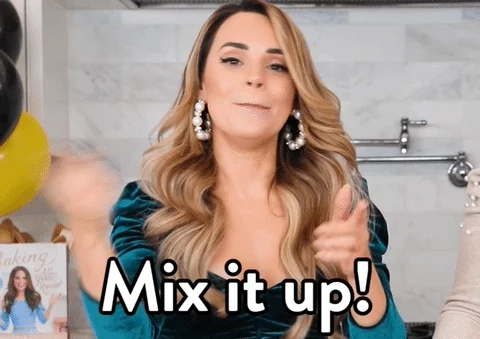
1. Identify Key Topics
First, identify some topics that you want to learn with the interleaving study method. You can choose topics that are similar, which is more effective, or even some topics that are entirely different.
Consider these 3 subjects, for example:

The French Revolution
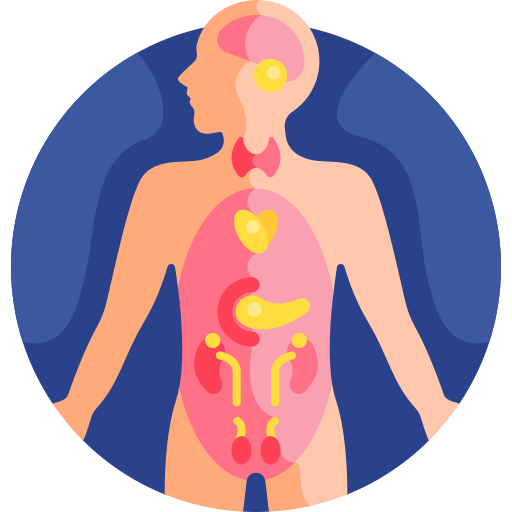
Human anatomy
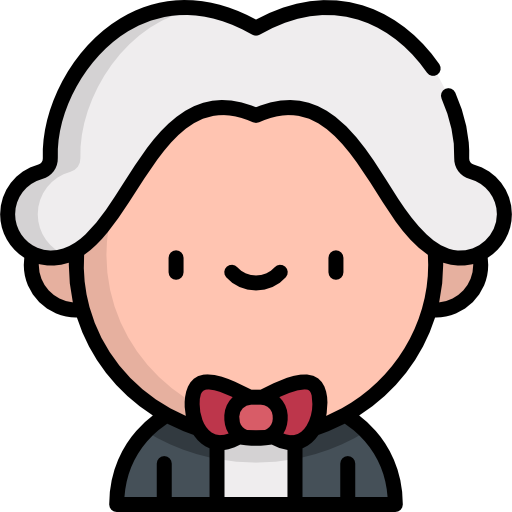
Biography of Ludwig Van Beethoven
2. Interleave the Topics
Mix and learn something about each topic. Try to study the topics following a pattern and on similar periods of time.
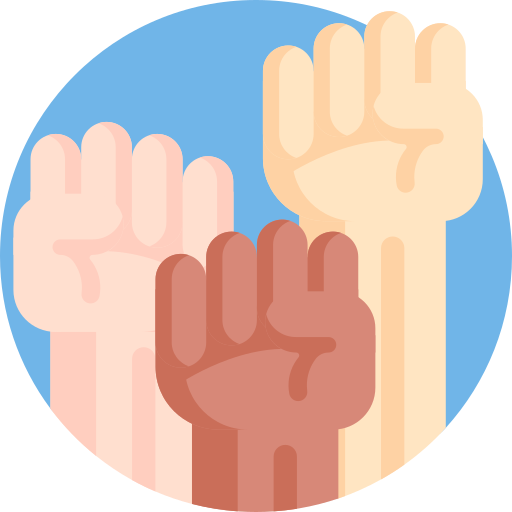
The French Revolution happened in France in 1789.
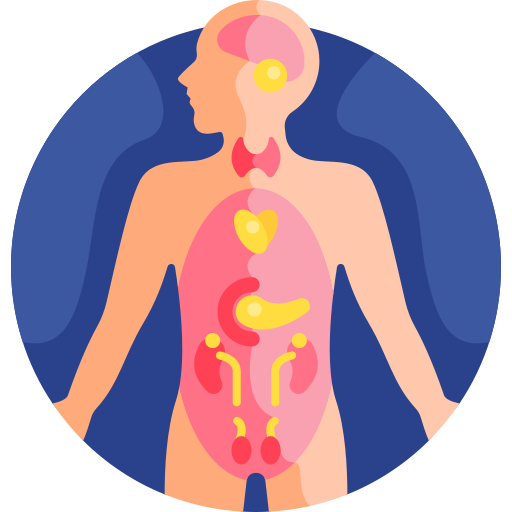
The human body has 206 bones, 27 of them in each hand!

Ludwig Van Beethoven was born on December 16, 1770, in Germany.

The French Revolution ended in 1790 when Napoleon Bonaparte ascended to power.

We have 24 ribs and 33 vertebras.
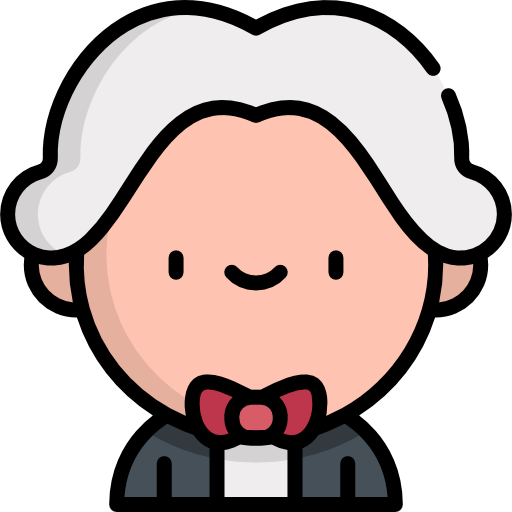
Beethoven started playing piano at the age of 5.

The French Revolution ended the absolute monarch system.
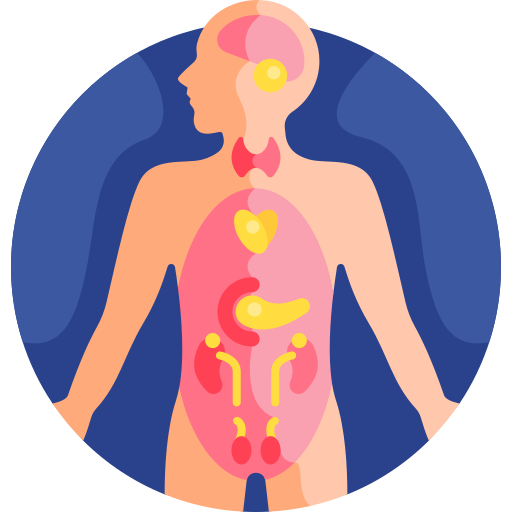
There are 14 bones in your face.

Beethoven lost his hearing at the age of 26.
3. Review and Reflect
In this last part of the interleaving study method, you need to reflect on what you've learned. Don't feel bad if you need to go back and review/research more about the topic.

For example:

The French Revolution only lasted 1 year. They were against the monarchy, and Bonaparte ended up as their leader.
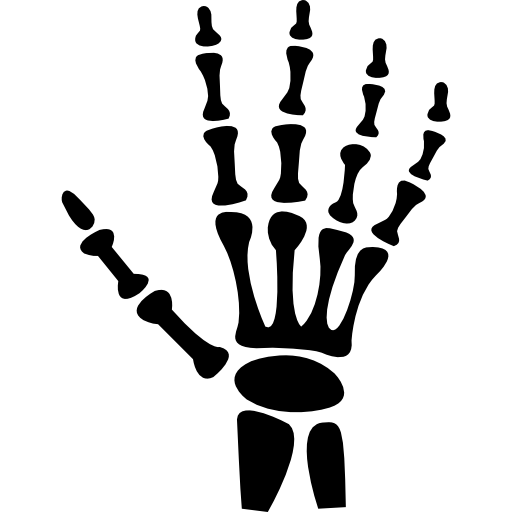
There are a lot of bones in our body! I didn't know that there were_____ (how many bones are on my hand? > check if you don't remember and come back!)... There are 27 bones in one hand and 14 in the face!
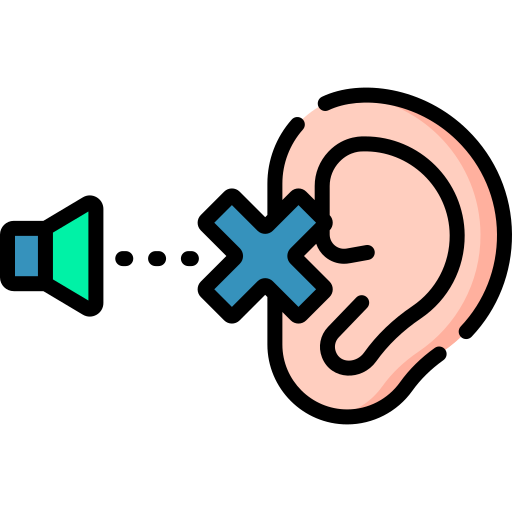
Beethoven started playing piano at 5 but lost his hearing at 26. I can imagine that was very difficult for him.

Also, I think I read he was alive when the French Revolution happened [go check]. Yes! He was born in 1770, and the French Revolution was in 1789, so he was 19 when it happened. I wonder if that influenced his career as a composer.
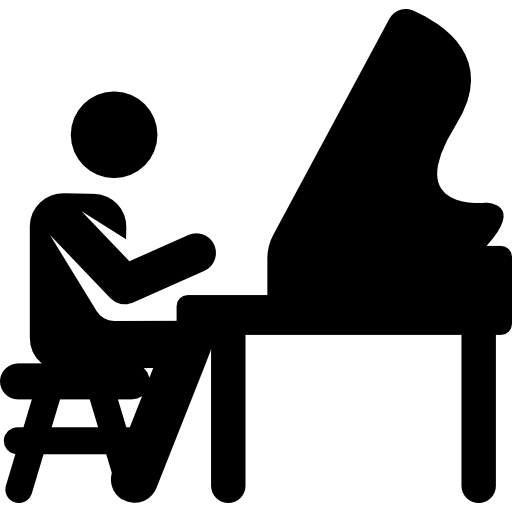
When we play piano we move 54 bones from our hands!

Quiz
Pam is stressed because she is taking 4 different classes this semester. What should she do?
Take Action
Do you remember anything about the French Revolution, the bones in your body, or Beethoven?

If you do, congrats! Your brain has made connections that you'll remember for a long time.
Next time you need to study or learn various subjects, don't do it chapter by chapter; instead, use the interleaving study method with these steps!
Your feedback matters to us.
This Byte helped me better understand the topic.
